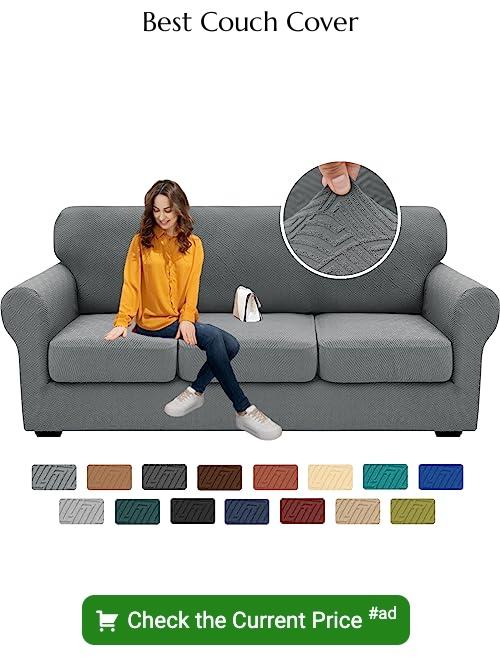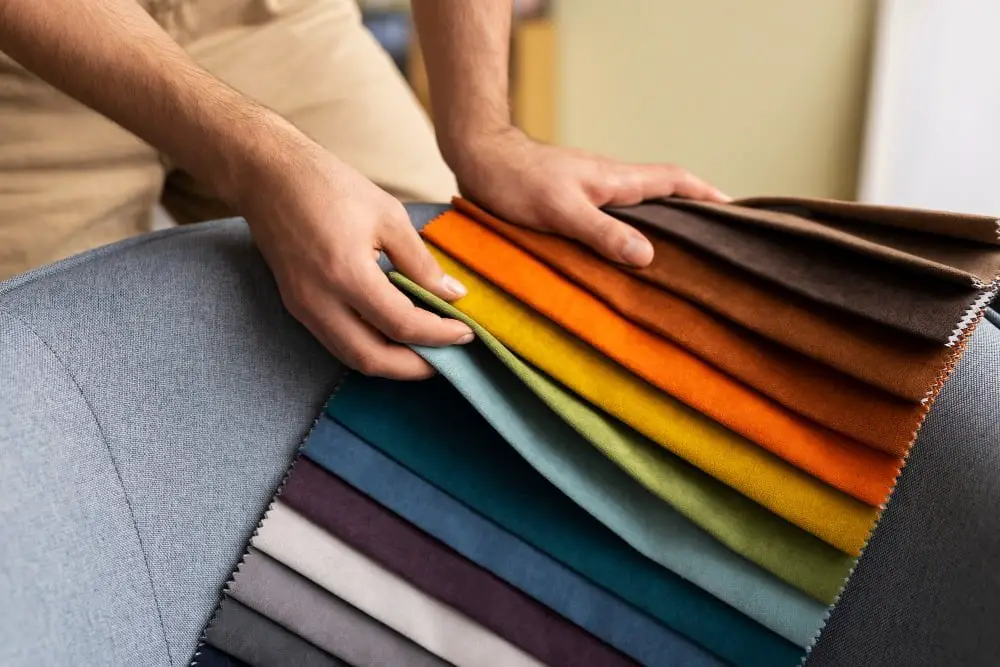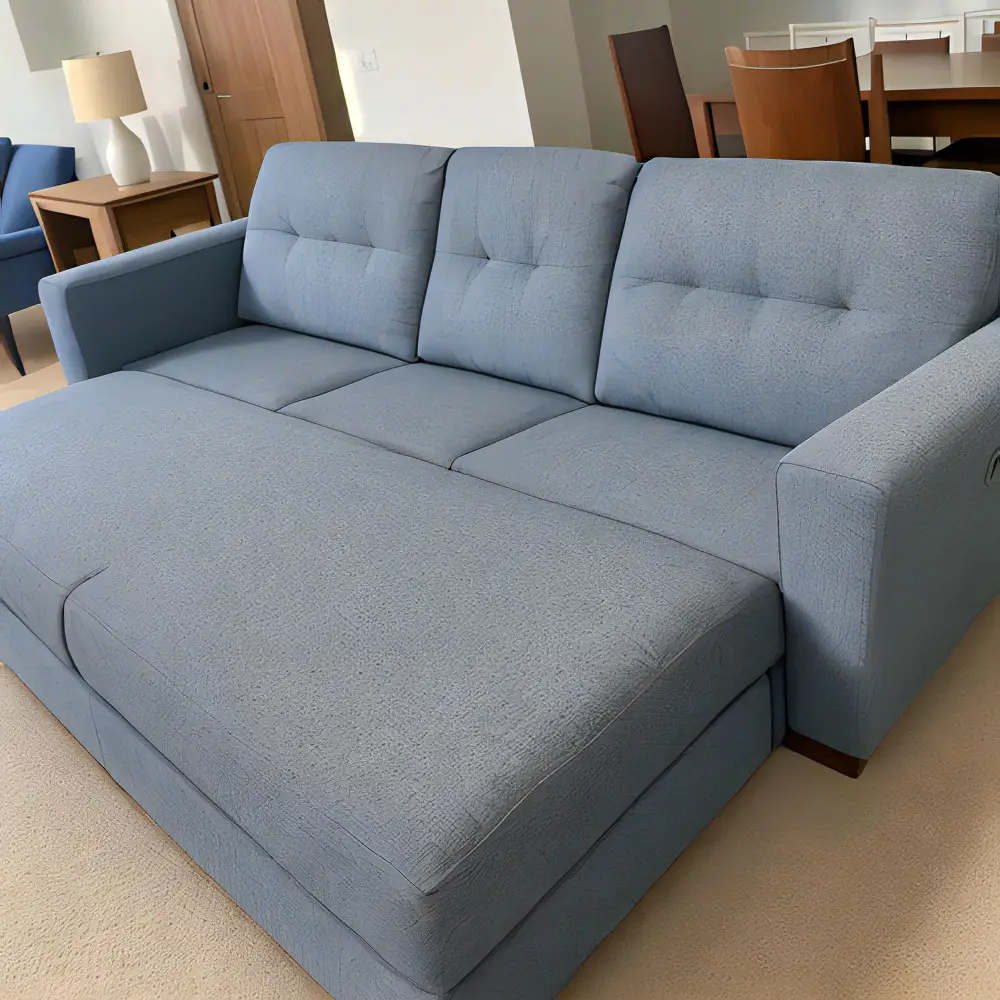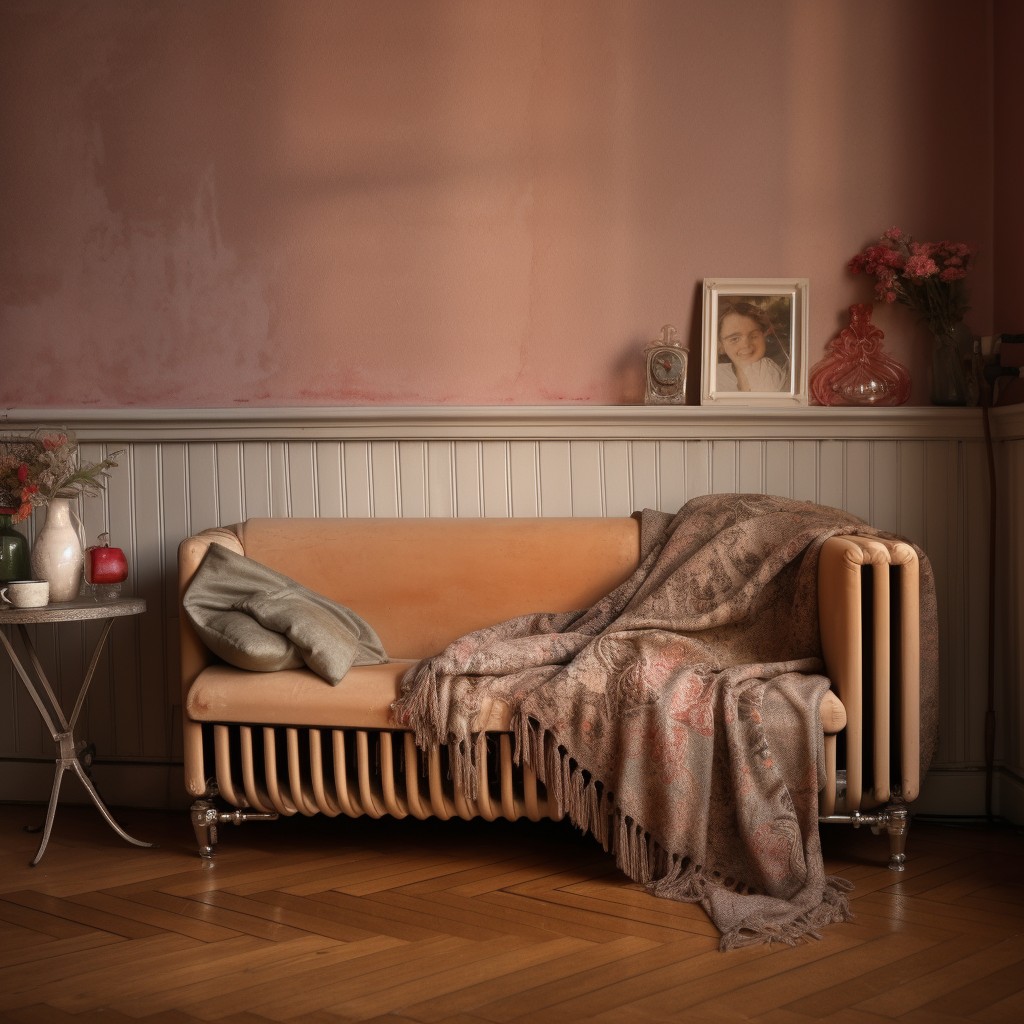Last updated on
Discover the truth about fiberglass in couches and its potential impact on your home environment as we dive into this intriguing topic.
Have you ever wondered what’s inside your couch? You may have heard rumors that couches contain fiberglass, but is it true? As a home decor author, I’ve received numerous questions about this topic. Fiberglass is a material commonly used in insulation and other construction materials due to its durability and affordability.
But when it comes to furniture, fiberglass might not be the best option for comfort or safety. In this article, we’ll explore whether or not couches have fiberglass and what you should know about this material before purchasing your next piece of furniture.
So let’s dive in!
Table of Contents
Types of Couch Materials
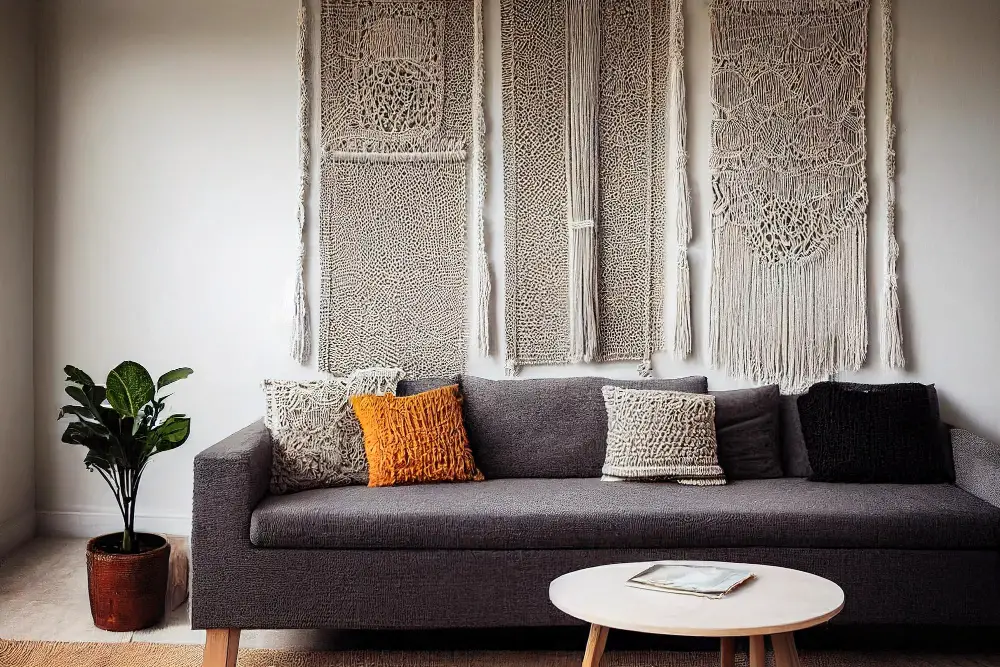
When it comes to choosing a couch, there are many different materials to consider. Some of the most popular options include leather, microfiber, velvet, and cotton.
Each material has its own unique benefits and drawbacks in terms of comfort, durability, and maintenance.
Leather is a classic choice that offers both style and longevity. It’s easy to clean but can be prone to scratches or fading over time.
Microfiber is another popular option due to its softness and stain resistance. However, it may not hold up as well over time compared with other materials like leather or cotton.
Velvet adds an elegant touch but requires more maintenance than other fabrics due to its delicate nature.
Cotton is a versatile material that comes in many different colors and patterns while being comfortable for everyday use; however,it may not be as durable as some synthetic fibers like polyester blends.
Fiberglass in Furniture
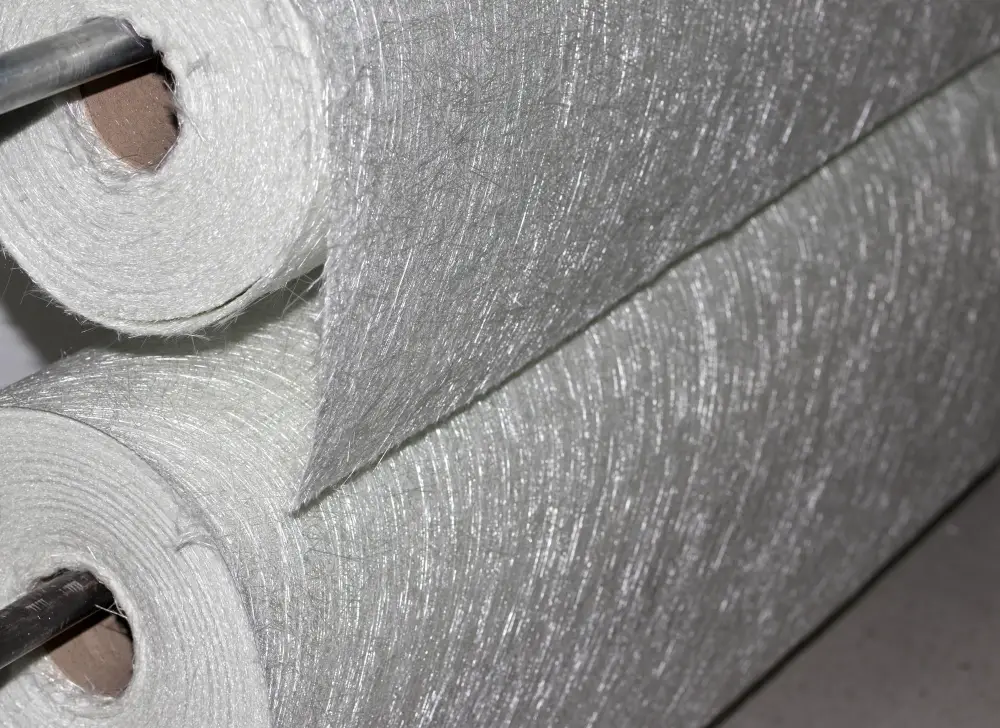
It’s commonly found in couches, chairs, and other upholstered pieces of furniture. The reason fiberglass is used in furniture is due to its insulating properties and flame retardant capabilities.
However, the use of fiberglass in furniture has raised concerns about potential health risks associated with exposure to this material. Fiberglass can release tiny particles into the air when it’s disturbed or damaged which can be harmful if breathed into your lungs.
While there are regulations on how much fiberglass can be used in certain products like insulation materials, there are no specific guidelines for its use within household furnishings such as couches or chairs.
It’s important to note that not all couches contain fiberglass; some manufacturers opt for alternative materials instead. If you’re concerned about whether your current sofa contains this material or not, you may want to check with the manufacturer directly or consult an expert who specializes in identifying different types of upholstery fabrics and fillings.
Reasons for Fiberglass Use in Couches

One of the primary reasons for its use is its insulating properties. Fiberglass can help regulate temperature and keep you warm during colder months by trapping heat inside your couch cushions.
Another reason why fiberglass may be used in couches is as a flame retardant. Furniture manufacturers are required to meet certain safety standards, and adding fiberglass to their products can make them more resistant to fire hazards.
However, while these benefits may seem appealing at first glance, there are also potential downsides to using fiberglass in furniture that should not be ignored.
Fiberglass As Flame Retardant

This means that it can help prevent fires from spreading and potentially save lives. However, there are concerns about the safety of fiberglass as a flame retardant material.
Studies have shown that when fiberglass is heated or burned, it can release harmful particles into the air. These particles can be inhaled and cause respiratory problems such as coughing, wheezing, and shortness of breath.
In addition to health concerns, some experts argue that using fiberglass as a flame retardant may not be effective in preventing fires. Instead of relying on materials like fiberglass to prevent fires from starting or spreading throughout your home environment; you should take other precautions such as installing smoke detectors and fire extinguishers.
Couch Insulation Properties
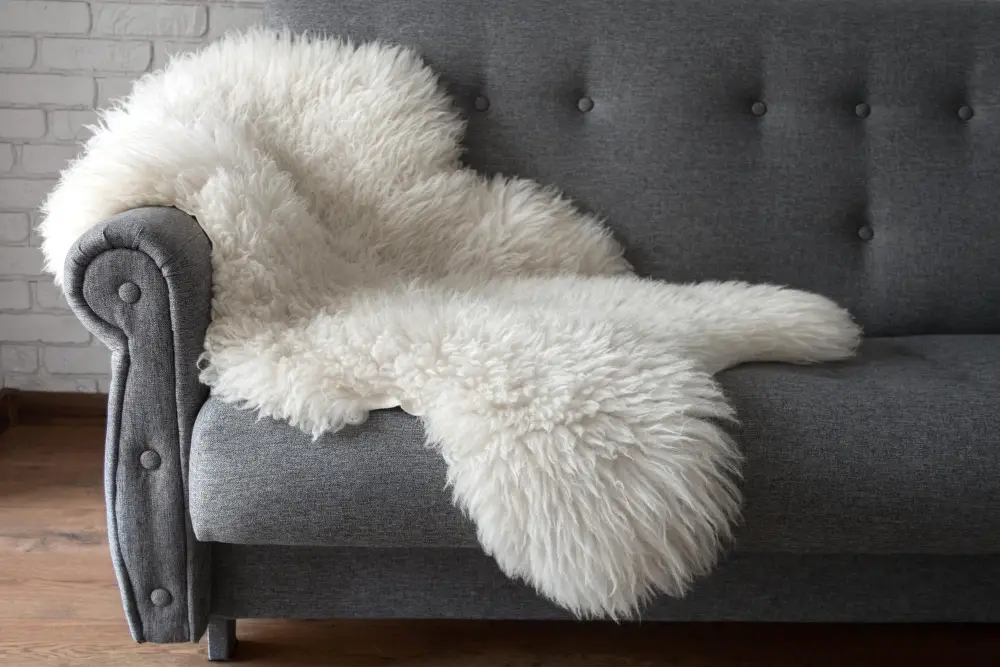
Fiberglass insulation can pose health risks if it becomes airborne and is inhaled or ingested. This can happen when the material breaks down over time or during maintenance such as cleaning or reupholstering.
It’s important to note that not all couches contain fiberglass insulation, but those that do may have a higher risk of releasing particles into the air. If you’re concerned about potential health risks associated with fiberglass in your furniture, consider opting for alternative materials such as foam cushions or natural fibers like cotton.
When shopping for a new couch, be sure to ask about the materials used inside and choose options that prioritize safety and comfort without compromising on style.
Fiberglass in Couch Cushions

This material can pose a health risk if it becomes exposed or damaged. Fiberglass particles can become airborne and be inhaled, causing respiratory issues such as coughing, wheezing, and shortness of breath.
If you suspect that your couch contains fiberglass cushions or notice any damage to the cushion covers that could expose the fiberglass fibers inside, it’s important to take precautions. Avoid sitting on the affected area until you have removed all traces of fiberglass from your furniture.
To clean up any loose fibers from your couch cushions safely:
- Put on protective gloves and clothing.
- Use a vacuum cleaner with a HEPA filter attachment to suck up any visible debris.
- Wipe down surfaces with damp paper towels or cloths (avoid using dry materials).
- Dispose of all contaminated materials properly according to local regulations.
Identifying Fiberglass Couches

One way to do this is by checking the label on your couch or contacting the manufacturer directly. If you’re unsure about whether or not your couch has fiberglass, it’s always better to err on the side of caution and assume that it does.
Another way to identify a fiberglass couch is by looking for signs of shedding fibers. Fiberglass can break down over time and release small particles into the air which can cause respiratory irritation if inhaled.
If you notice any unusual dust around your furniture, especially near seams or tears in upholstery fabric, there may be a chance that these are tiny shards of glass from broken-down fiberglass.
It’s also worth noting that some older pieces of furniture may contain asbestos instead of (or alongside) fiberglass as an insulating material – another reason why identifying what materials are present inside a piece before purchasing is essential for safety reasons.
Couch Material Composition

Some of the most common materials used in couches include leather, microfiber, polyester blends, and cotton. Each material has its own unique properties that make it suitable for different types of furniture.
However, not all couches are created equal when it comes to their composition. Fiberglass is a material that has been used in some furniture manufacturing processes due to its insulating properties and flame retardant capabilities.
While fiberglass may have benefits for certain applications such as insulation or construction materials where safety regulations require specific standards be met; using this type of material in your home furnishings can pose potential health risks.
Fiberglass in Upholstery Fabrics

Fiberglass fibers are often woven into the fabric to make it more durable and resistant to wear and tear. This makes fiberglass a popular choice for outdoor furniture, as it can withstand harsh weather conditions.
However, fiberglass in upholstery fabrics can pose health risks if the fibers become airborne and are ingested or breathed in by individuals. The tiny glass particles can irritate the skin, eyes, nose, throat and lungs causing respiratory problems such as coughing or wheezing.
If you’re concerned about fiberglass exposure from your furniture’s upholstery fabric or cushion material then consider purchasing alternative materials like cotton blends that do not contain any harmful chemicals. Always follow proper cleaning instructions provided by manufacturers to avoid damaging your couches’ materials while keeping them clean at all times.
Alternative Couch Materials
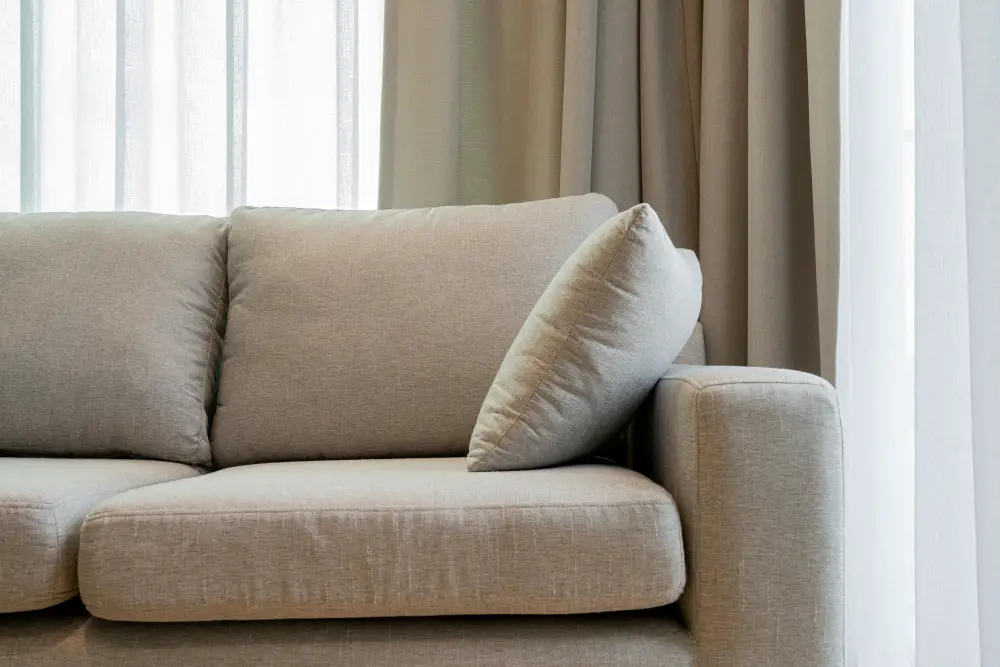
One popular option is natural fibers such as cotton, wool or linen. These materials are breathable and hypoallergenic, making them a great choice for those with sensitive skin or allergies.
Another alternative material is leather which offers durability and comfort while being easy to clean. Leather also ages well over time giving it a unique character that can add charm to your home decor.
For those looking for eco-friendly options, bamboo and hemp-based fabrics offer sustainability benefits while still providing comfort and style.
Ultimately the choice of couch material comes down to personal preference but considering alternatives like these can help you make an informed decision when purchasing furniture for your home.
Alternatives to Fiberglass in Couches

One popular option is foam cushions made from natural latex or soy-based products. These materials provide a comfortable and eco-friendly alternative to traditional foam cushions that may contain harmful chemicals.
Another option is wool batting, which provides excellent insulation properties and can be used as an alternative filling material for couches. Wool is also naturally flame-resistant, making it a safer choice than fiberglass.
For those who prefer leather furniture, there are many options available that do not contain any fiberglass or other potentially harmful materials. Leather sofas offer durability and comfort while providing a sleek look for your home decor.
When shopping for new furniture, be sure to ask about the composition of the couch’s cushioning material before making your purchase decision.
Fiberglass Vs. Other Couch Materials
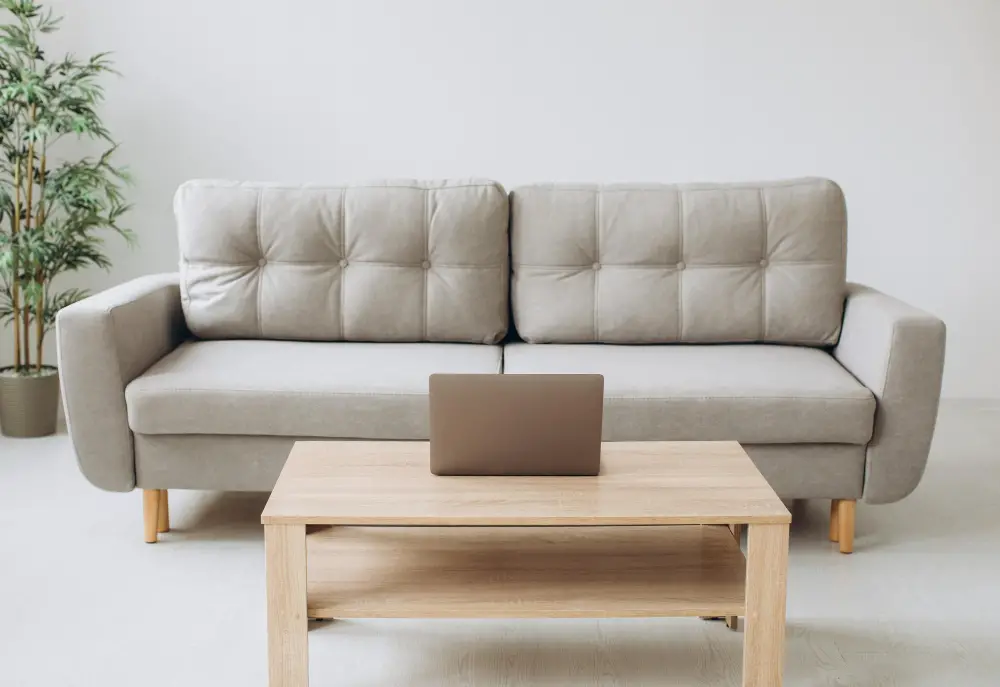
Fiberglass is just one of them. Other popular materials include leather, cotton, linen, and polyester.
Leather is a durable and stylish option that can last for years with proper care. However, it can be expensive and may not be suitable for households with pets or young children.
Cotton and linen are natural fibers that offer comfort but may require more maintenance than synthetic materials like polyester or microfiber. These fabrics also tend to wrinkle easily.
Polyester is a common choice due to its affordability and durability. It’s easy to clean but may not provide as much breathability as natural fibers like cotton or linen.
Compared to these other materials commonly used in couches, fiberglass has some unique properties such as being flame retardant which makes it an attractive option for manufacturers looking for safety features in their products. However when considering comfort levels fiberglass might fall short compared with other cushioning options such as foam padding which provides better support while still being fire-resistant.
Health Risks of Fiberglass

When fiberglass fibers become airborne, they can be inhaled and cause respiratory issues such as coughing, wheezing, and shortness of breath. Prolonged exposure to fiberglass dust may also lead to lung diseases like bronchitis or even cancer.
While the use of fiberglass in couches is generally safe when it’s contained within the furniture’s structure or cushioning materials, there are still some precautions you should take when handling this material. If you’re concerned about potential health risks associated with your couch’s construction materials, consider consulting with a professional who specializes in indoor air quality testing.
It’s important to note that not all types of fiberglass are created equal; some manufacturers have developed safer alternatives for insulation purposes which could potentially be used for furniture manufacturing as well. However currently there isn’t enough research on these alternatives’ safety standards yet.
Fiberglass Couch Safety Concerns
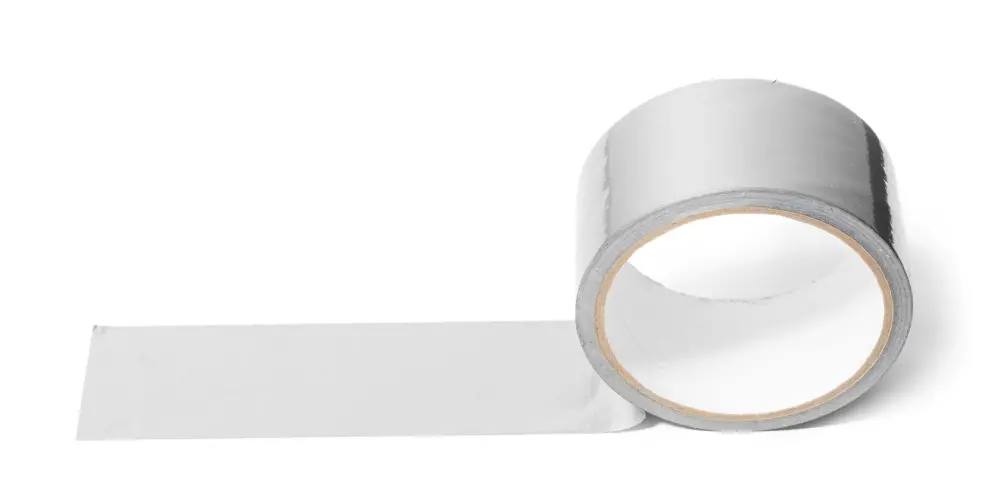
Fiberglass couches have been known to pose safety concerns due to their potential health risks. When fiberglass particles become airborne, they can cause respiratory issues such as coughing, wheezing, and even lung damage if inhaled over an extended period of time.
If the fiberglass fibers are exposed through wear or tear on your couch cushions or upholstery fabric and come into contact with your skin directly or indirectly (through clothing), they can cause irritation and itching.
It’s important to note that not all couches contain fiberglass; however, it’s essential to identify whether yours does before purchasing one. If you already own a fiberglass-containing sofa set but are concerned about its safety implications – there are steps you can take towards minimizing exposure risk by covering up any tears in cushion covers with duct tape until repairs could be made professionally.
Regulations On Fiberglass Use

These agencies have set limits on the amount of fiberglass that can be used in products to ensure consumer safety.
Some states have their own regulations regarding fiberglass use. For example, California’s Proposition 65 requires manufacturers to provide warnings if their products contain certain chemicals or materials known to cause cancer or reproductive harm.
This includes fiberglass.
It’s important for consumers to research these regulations when purchasing furniture containing any potentially harmful materials like fiberglass. By doing so, you can make informed decisions about what types of couches are safe for your home environment.
When shopping for a new couch, look for labels indicating whether it contains any hazardous materials such as formaldehyde or flame retardants which may include small amounts of glass fibers mixed with other substances like boric acid.
Environmental Impact of Fiberglass Couches

While it has many benefits, such as being lightweight and durable, its production can have negative environmental impacts. The manufacturing process of fiberglass involves the use of large amounts of energy and resources, which contributes to greenhouse gas emissions.
When fiberglass products like couches are disposed of improperly in landfills or incinerators, they release harmful chemicals into the environment. These chemicals can contaminate soil and water sources over time.
To reduce your environmental impact when purchasing a couch or any other furniture item containing fiberglass materials consider buying second-hand items instead of new ones whenever possible. You could also look for eco-friendly alternatives to traditional furniture materials like bamboo or recycled plastic.
While there are some potential drawbacks associated with using fiberglass in couches due to its environmental impact; it’s important to weigh these against the benefits before making any decisions about what type of furniture you want in your home.
Couch Care and Maintenance
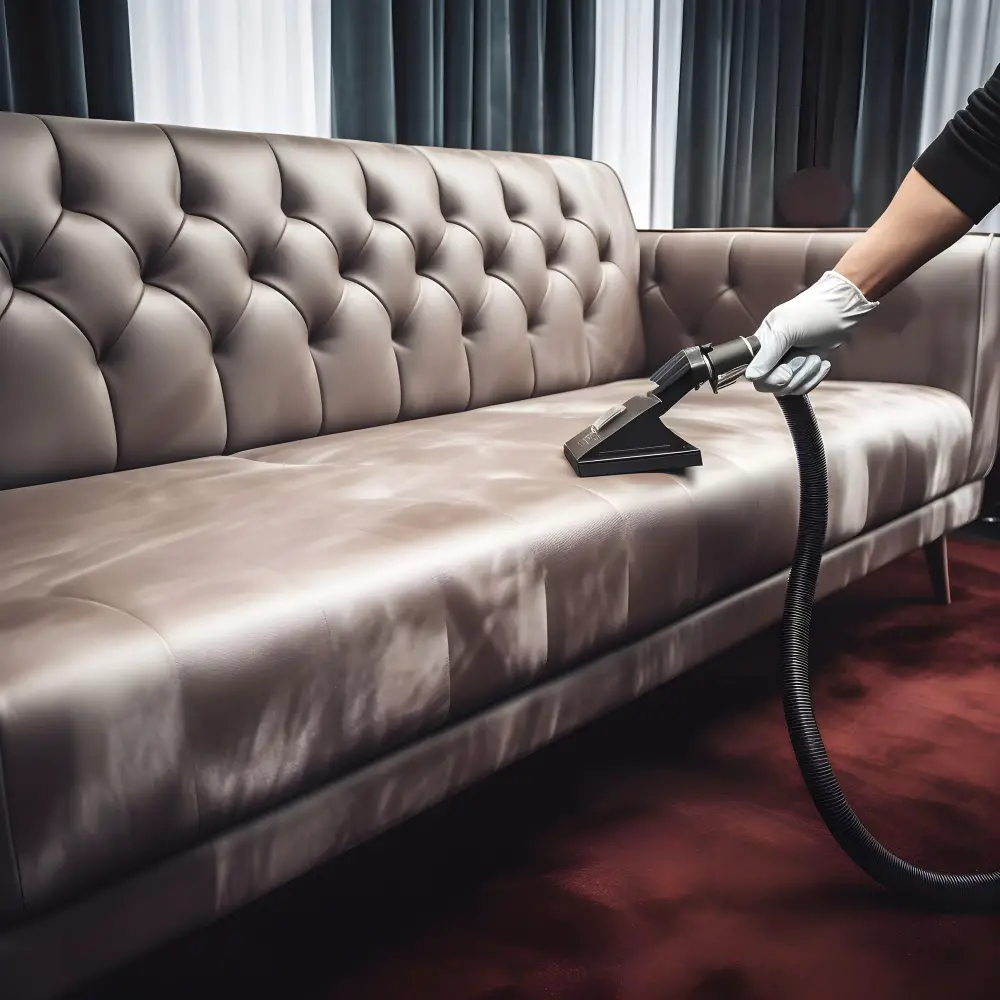
Regular maintenance can help extend the life of your couch and keep it looking great.
Firstly, always follow the manufacturer’s instructions for cleaning and maintaining your couch. Different materials require different types of care, so be sure to read the label carefully before attempting any cleaning or repairs.
Secondly, vacuuming regularly is essential in keeping dust and debris from accumulating on your furniture. Use a soft brush attachment when vacuuming upholstery fabrics as this will prevent damage to delicate fibers.
Thirdly, avoid placing sharp objects or heavy items on top of cushions as they can cause tears or punctures which may expose fiberglass insulation inside.
Lastly but not least importantly if you notice any signs of wear such as sagging cushions or loose springs contact a professional upholsterer immediately instead of trying DIY fixes that could potentially damage both the fabric coverings and underlying structure further.
How to Clean and Maintain Fiberglass Couches

Fiberglass is a durable material that can withstand wear and tear, but it requires special care to keep its appearance looking new.
To clean your fiberglass couch, start by vacuuming the surface with an upholstery attachment. This will remove any loose dirt or debris from the fabric.
Next, mix a small amount of mild detergent with warm water in a spray bottle and lightly mist the surface of your couch.
Use a soft-bristled brush or sponge to gently scrub away any stains or spots on your furniture. Be sure not to use too much pressure as this could damage the fibers in your cushions.
After cleaning, rinse off all soap residue using cold water and allow time for air-drying before sitting on them again. It’s also essential that you avoid exposing fiberglass furniture pieces directly under sunlight as they may become brittle over time due to UV rays exposure which might lead them into cracking easily when sat upon.
Couch Material Safety Tips

First and foremost, always check the label of your furniture before purchasing to ensure that it meets safety standards. Look for certifications such as CertiPUR-US or OEKO-TEX which indicate that the materials used in your couch have been tested for harmful substances.
If you already own a fiberglass-containing couch, be sure to handle it with care. Avoid cutting or tearing any part of the upholstery fabric as this can release fiberglass particles into the air and pose health risks if inhaled.
Regular cleaning is also important when dealing with any type of furniture material. Vacuuming your couch regularly will help remove dust and debris from its surface while minimizing exposure to potential allergens.
Lastly, consider investing in protective covers or slipcovers for your sofa cushions if they contain fiberglass insulation. This will not only protect against accidental tears but also prevent fibers from becoming airborne during regular use.
FAQ
How do you clean fiberglass off a couch?
To clean fiberglass off a couch, use a vacuum cleaner with a HEPA filter or damp mops and cloths, avoiding dry sweeping or any activity that stirs up dust.
What is fibre filling in a sofa?
Fibre filling in a sofa refers to cushions made of polyester hollow strands, which are aerated and filled with air to create a plump appearance and a softer sit compared to foam.
Are there chemicals in couches?
Yes, couches can contain toxic chemicals that are released into the air through a process called off-gassing, involving glues, sealants, and fabric materials used in manufacturing.
What are the potential health risks associated with fiberglass in couches?
Potential health risks associated with fiberglass in couches include respiratory issues, skin irritation, and eye irritation.
How can I identify if my couch contains fiberglass materials?
To identify if your couch contains fiberglass materials, examine its label or consult the manufacturer’s documentation for material information.
Are there eco-friendly alternatives to fiberglass in couch production?
Yes, eco-friendly alternatives to fiberglass in couch production include materials like natural latex, organic cotton, and wool.
You may also like to read:
